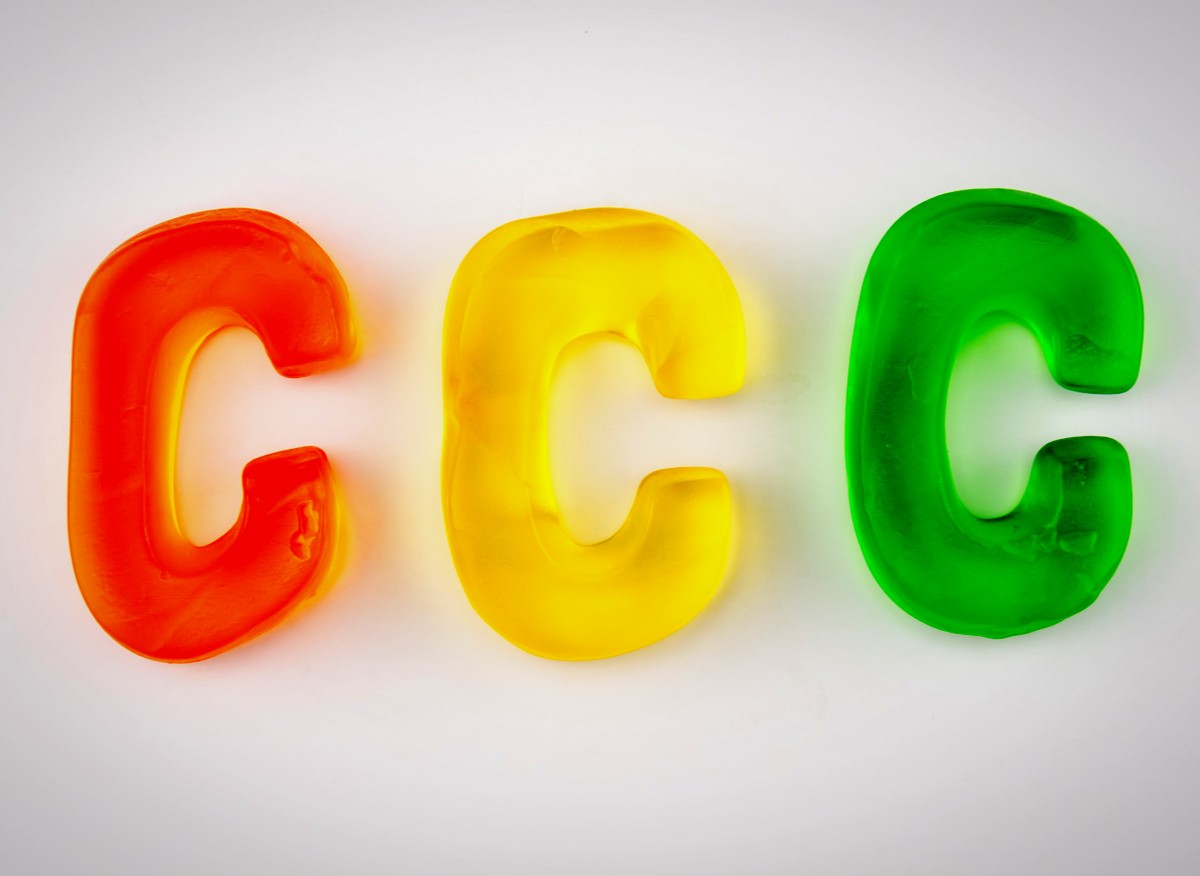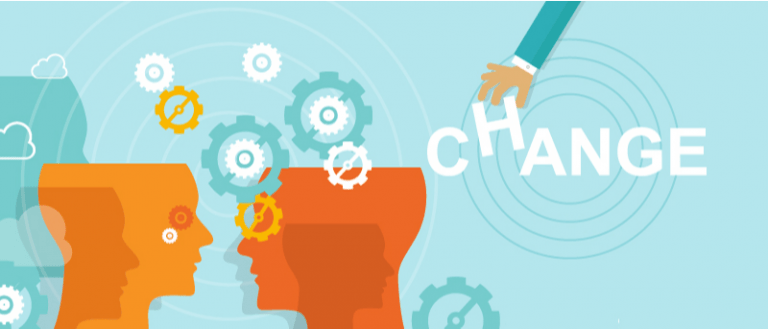In today’s fast-paced world, even the tiniest changes can unexpectedly threaten your team’s engagement and well-being. So, how can leaders effectively tackle this silent drain? Here’s expert advice on recognizing and overcoming change fatigue.

Let’s face reality: Change isn’t going anywhere.
Over the past few years, we’ve all navigated immense shifts in nearly every aspect of life. Adjusting to so much turbulence in such a short time can be overwhelming, fueling a rising tide of change fatigue.
As a leader, addressing this head-on isn’t just good practice; it’s essential. Your team’s health, motivation, and productivity depend on it. After all, your most valuable asset isn’t your products or services—it’s your people.
In a recent Gartner survey of 274 HR leaders, 54 percent said their employees are fatigued from all the change. It’s driven by both large-scale, organization-wide changes and small, day-to-day adjustments. What might seem like a minor change or system shift could be having a big impact on your team.
How will you know when your team is fatigued? There are a few telltale signs. You may notice increasing indifference about product changes, visibly tired employees, or higher levels of anxiety. You might get more pushback, louder complaints, and hear more doubts from employees.
We’ve all seen these impacts and, in the midst of a pandemic, stress is a top concern in today’s workplace. While the newly embraced hybrid workforce offers more flexibility, time with family, and fewer miles on your vehicle, it has also led to excessive hours for months on end, creating more stress and fatigue.
Change Saturation
It’s critical to understand the amount of change your organization can effectively handle. In a recent Prosci survey, 73 percent of respondents said that their organizations were near, at, or beyond the change saturation point.
Organizations that have reached that critical point of change saturation often begin to experience negative effects: project priorities shifting, bottlenecks emerging, progress and productivity slowing, and client or customer complaints increasing.
If you’ve begun to see these indicators, it’s past time to act. One or more of these solutions may be just the prescription for what is ailing your organization.
4 Strategies for Change Fatigue
As leaders, we can re-energize our organizations and help our teams deal with change fatigue. Here are some ways to get started:
- Get to know your employees personally. Knowing your team on a personal level helps you see shifts in their personality or engagement, which can indicate that fatigue has begun to take hold. Diversifying roles and projects can re-energize employees by exposing them to different experiences and presenting new challenges, fresh ideas, and stimulating conversations.
- Keep energy levels high by celebrating and recognizing your employees. Work with leadership to develop frequent, intentional ways of celebrating accomplishments—from project completions to personal certification awards. Implement a process for employees to nominate peers for their efforts and achievements as well. Recognizing accomplishments keeps employees engaged and motivated for the next project.
- Encourage open dialogue about change and address risks before they become issues. Tackle skepticism head-on. Hold regular meetings to recognize achievements and discuss the team’s current challenges. Create virtual “watercooler” spaces where team members can constructively share how they are feeling. Lay out strategies for handling specific issues, then put your team in the driver’s seat by asking for their ideas and solutions.
- Build a company culture where new ideas are welcomed and shared frequently. Give employees license to be creative or confidently hit the pause button when necessary. Highlight the specific ways they contribute to the organization’s change efforts, encourage their participation, and solicit feedback so they feel invested in the outcome.
I encourage you to embrace boldness and think big. Stay curious and attuned to the emotional well-being of your peers and team members. Focus on developing solutions that alleviate fatigue and transform challenges into opportunities for growth. Doing so can significantly boost their happiness, engagement, creativity, and ultimately, their loyalty—helping your company thrive in the long run.
This article, by Irvin Bishop Jr., first appeared on The Enterpriser’s Project and has been shared under a CCBYSA license.
Read the original story here: How to Recognize and Manage Change Fatigue
https://enterprisersproject.com/
https://enterprisersproject.com/article/2022/2/it-leadership-how-recognize-and-manage-change-fatigue
Handpicked Related Content
-
Often, when an organization embarks on a large-scale culture change or transformation, there is so much detail and information to digest when there is only one thing the people involved really want to know: “What does that mean for me?” Before…
-
Communicating change? Then change how you communicate! You’d think we’d have figured it out by now. Given all of the change initiatives in all of the companies throughout all of the years, you’d think we’d have figured out how to…



